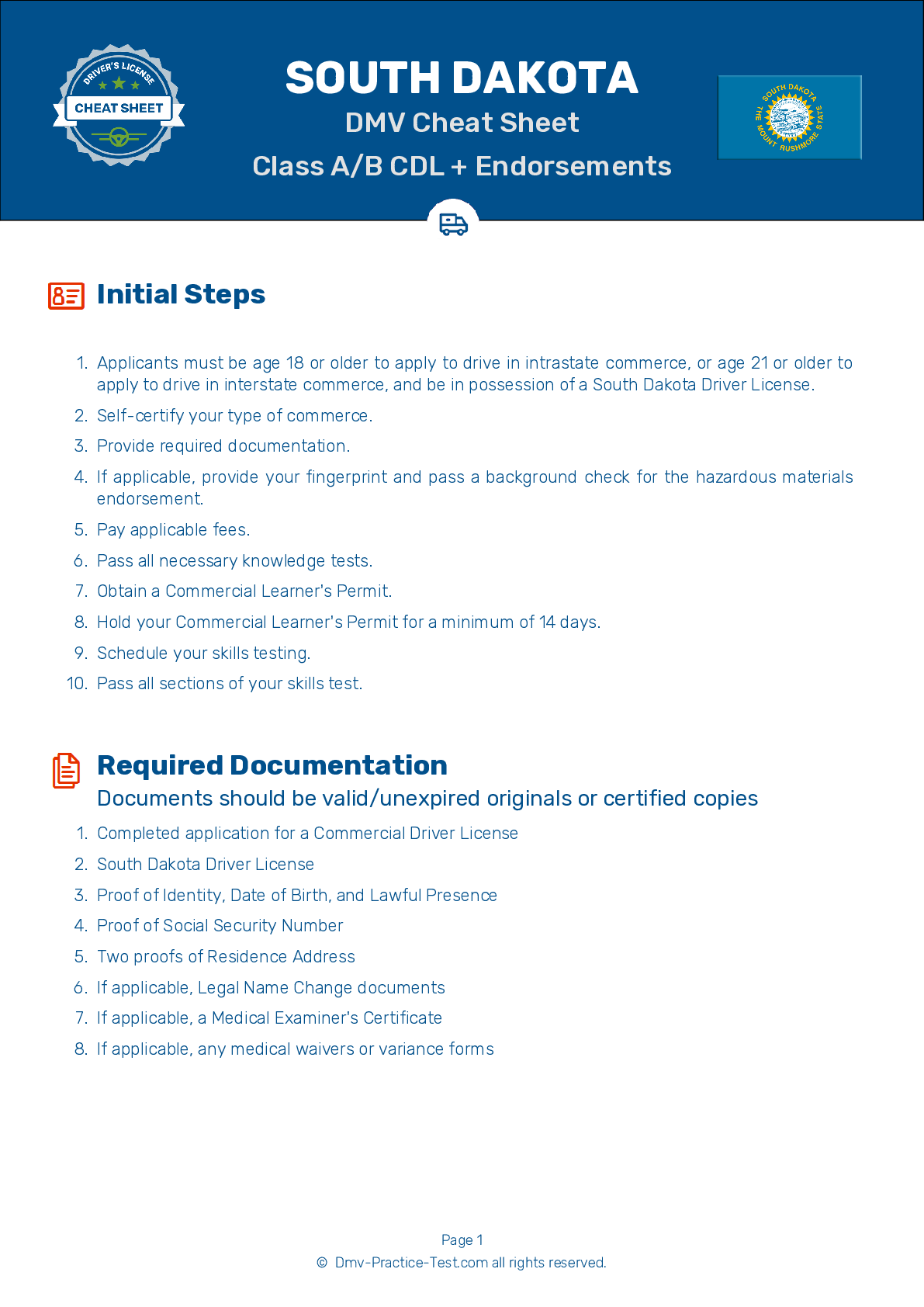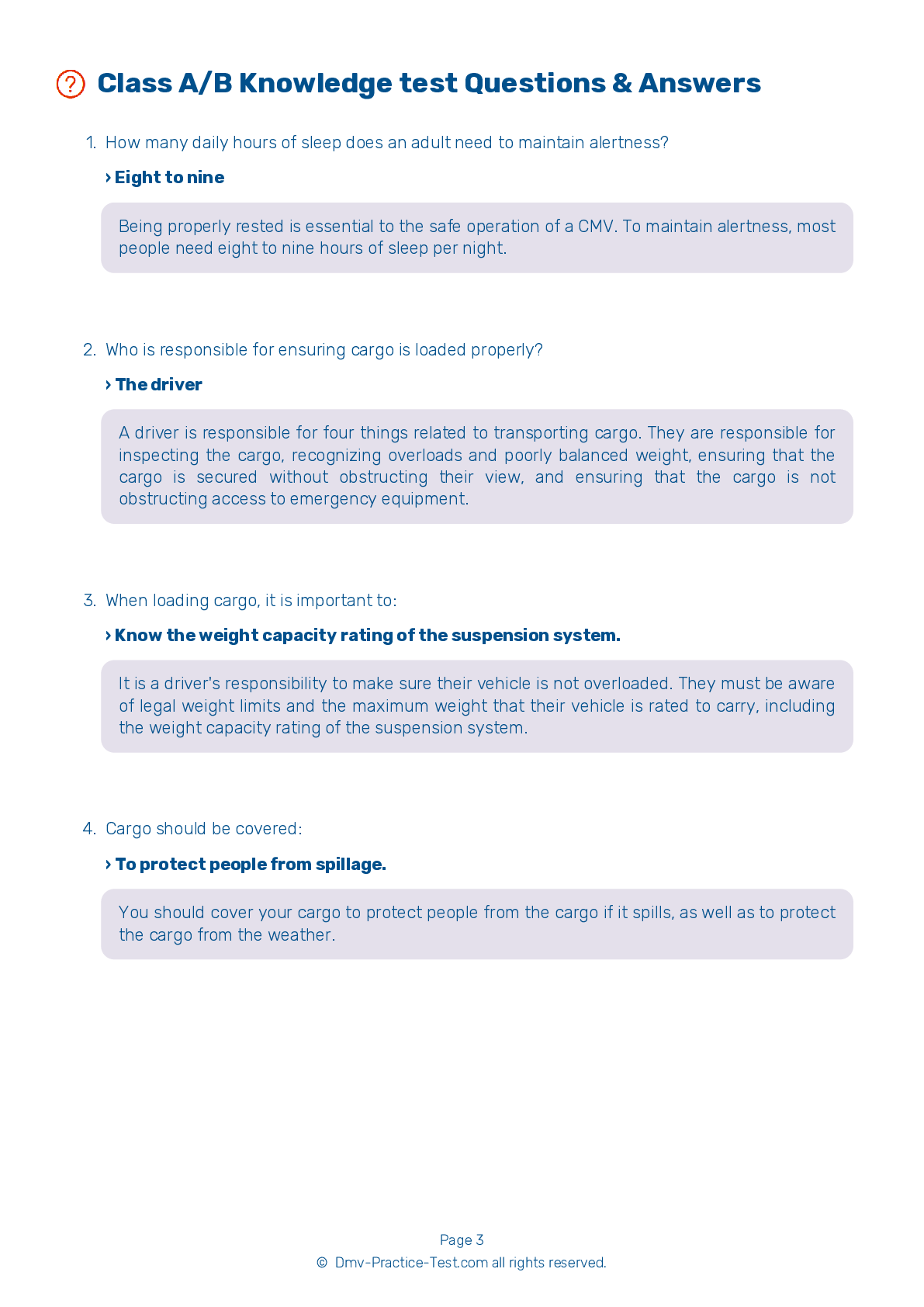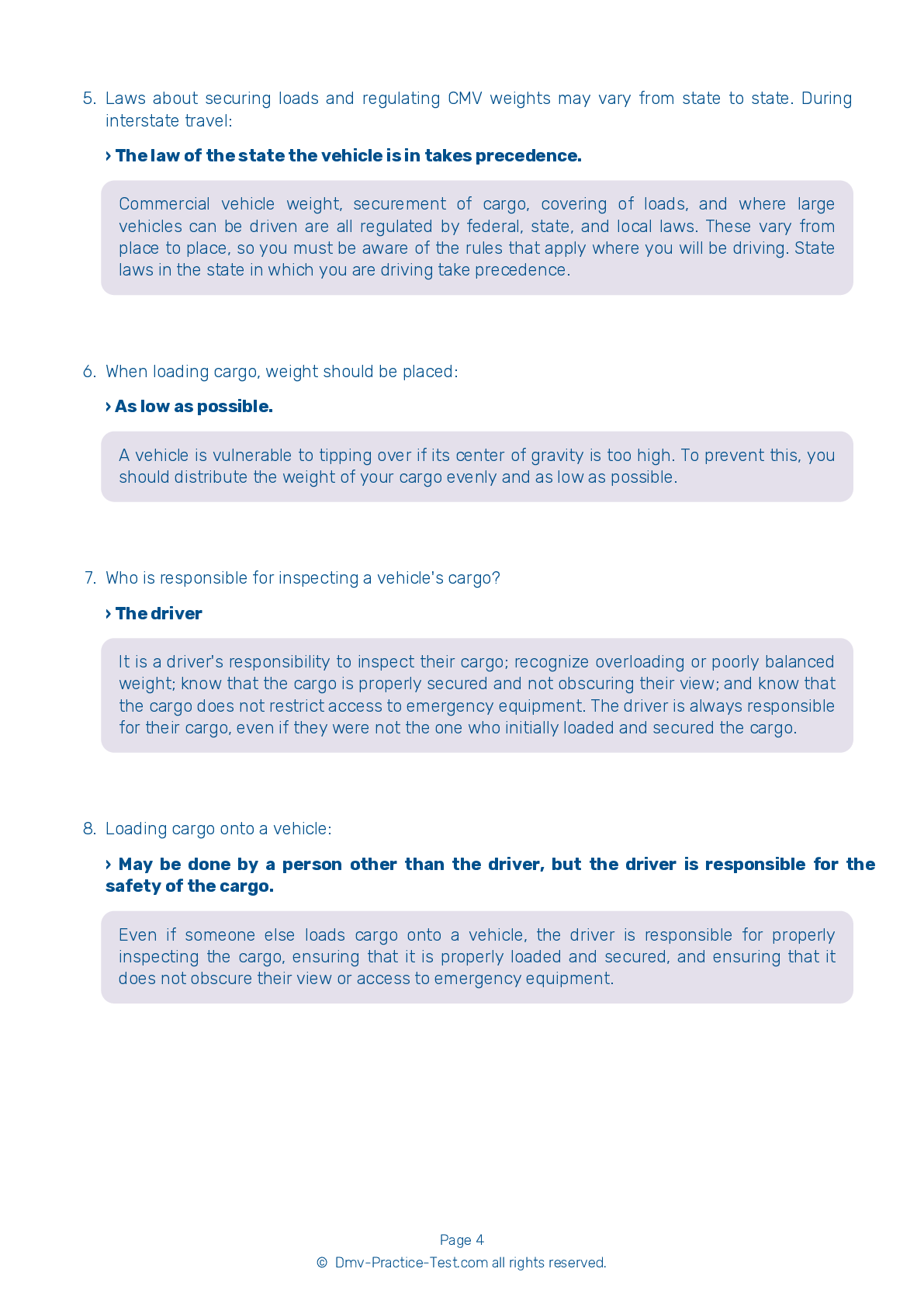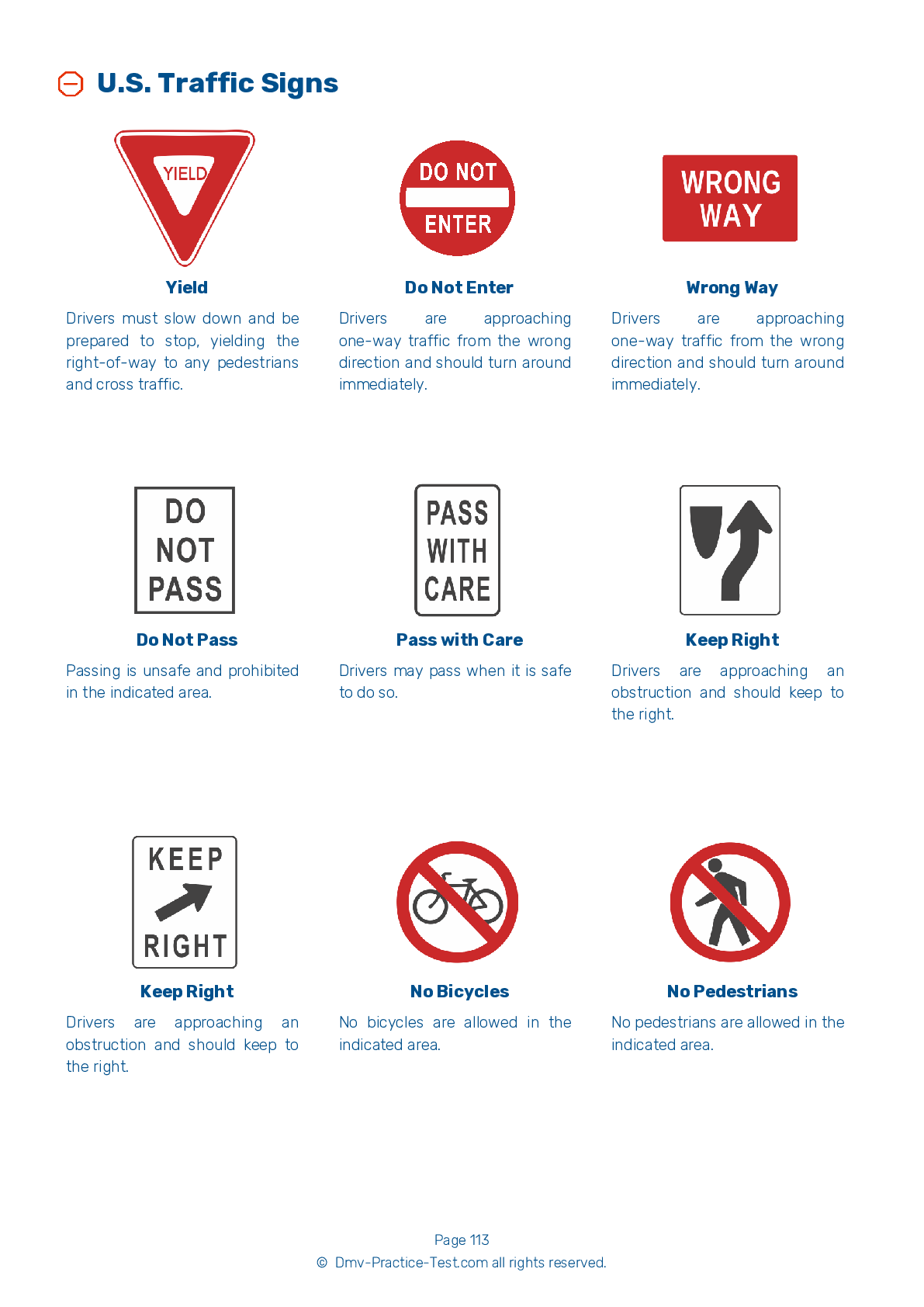Bus Driver Testing | South Dakota 2025 #1 Page 3 of 3
Train for FREE online with our SD bus CDL test. The official exam test consists of several obligatory parts, with all of them checking your knowledge of different blocks of road rules. If you need to obtain a license in South Dakota in 2025, learn how to become a bus driver and then practice as much as possible. Free sample tests published on our website will help you check and improve your knowledge and boost your grades. Please bear in mind that DMV requirements for a bus driver may vary from state to state.
15 . If you come to railroad tracks while driving a school bus, you should generally:
In general, school bus drivers should stop before any railroad crossings to check the tracks for approaching trains. Drivers should stop no closer than 15 feet and no farther than 50 feet from the nearest rail in order to have the best view of the tracks. They should look and listen for approaching trains before proceeding through the crossing.
16 . When checking the springs during a vehicle inspection, do all of the following, except:
When checking the springs as part of the vehicle inspection test, you should look for missing, shifted, cracked, or broken leaf springs, as well as broken or distorted coil springs. If the vehicle is equipped with torsion bars, torque arms, or other types of suspension components, ensure that they are not damaged and are mounted securely.
17 . The overhead inside mirror should be adjusted to see:
The top portion of the overhead inside rearview mirror should be positioned to display the top of the bus's rear window. This mirror positioning should allow the driver to see all of the students on the bus, including the heads of the students sitting immediately behind the driver.
18 . Where are danger zones of a school bus located?
The danger zones of a school bus are areas in which children are most likely to be hit, either by another vehicle or by the bus itself. Such areas are located to the front, sides, and rear of a bus.
19 . If equipped with flashing lights, how far in advance of a school bus stop should the bus's lights be activated?
If a school bus is equipped with alternating flashing amber warning lights, they should be activated at least 200 feet before a stop, unless state law requires otherwise.
20 . Before evacuating a bus in response to a hazard, a driver should:
If time permits, before deciding to evacuate a school bus, the driver should contact their dispatcher to explain the situation. The decision to evacuate must be a timely one.
See the exact questions that will be on the 2025 South Dakota DMV exam.
99.2% of people who use the cheat sheet pass the FIRST TIME
Lillian MCcranie explains how our CDL study guide was helpful in passing the exam and recommends it to everyone.
Cameron tells us how he purchased the CDL exam, and found it to be a useful tool which helped him pass the exam and find a job.



